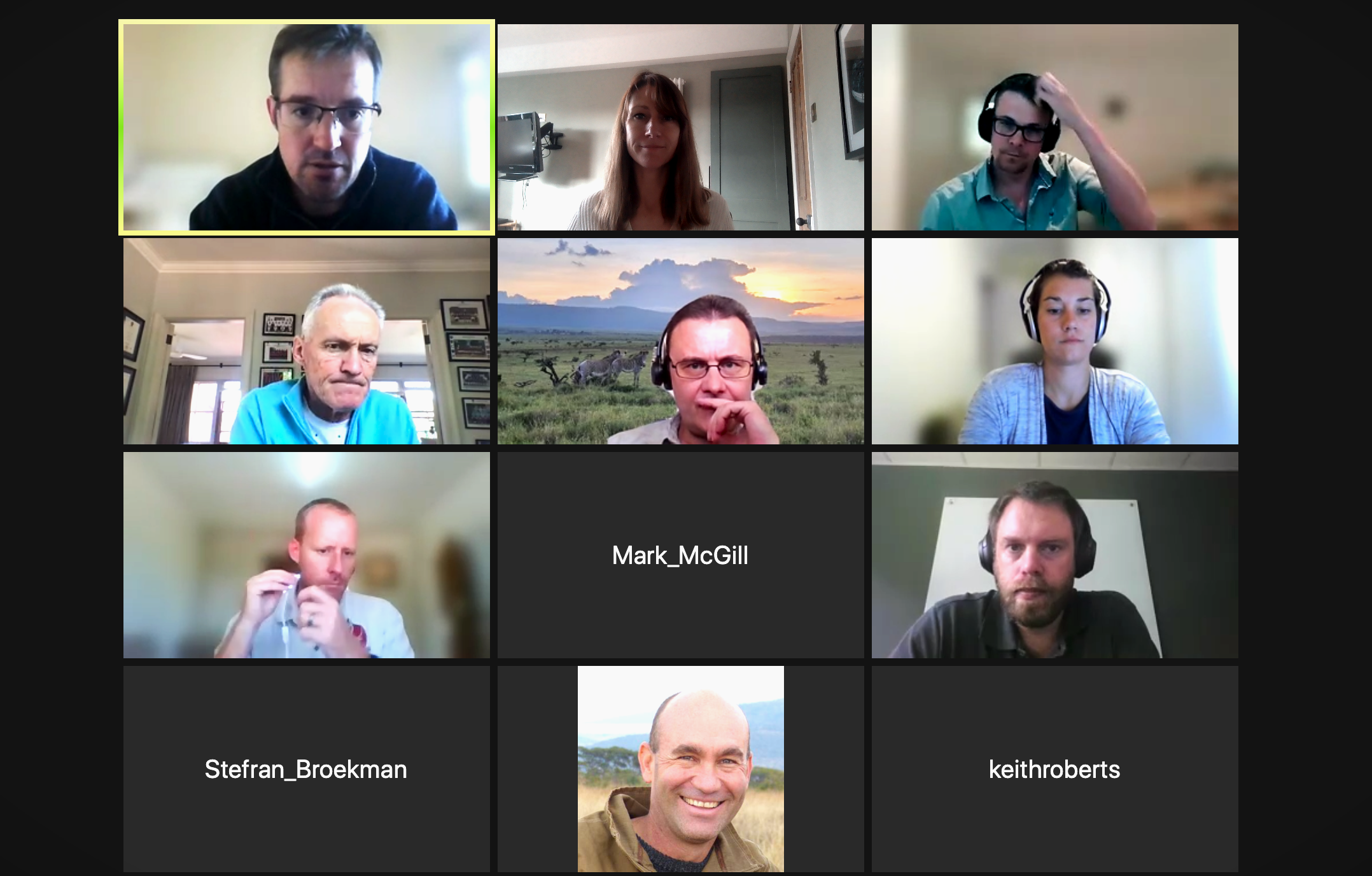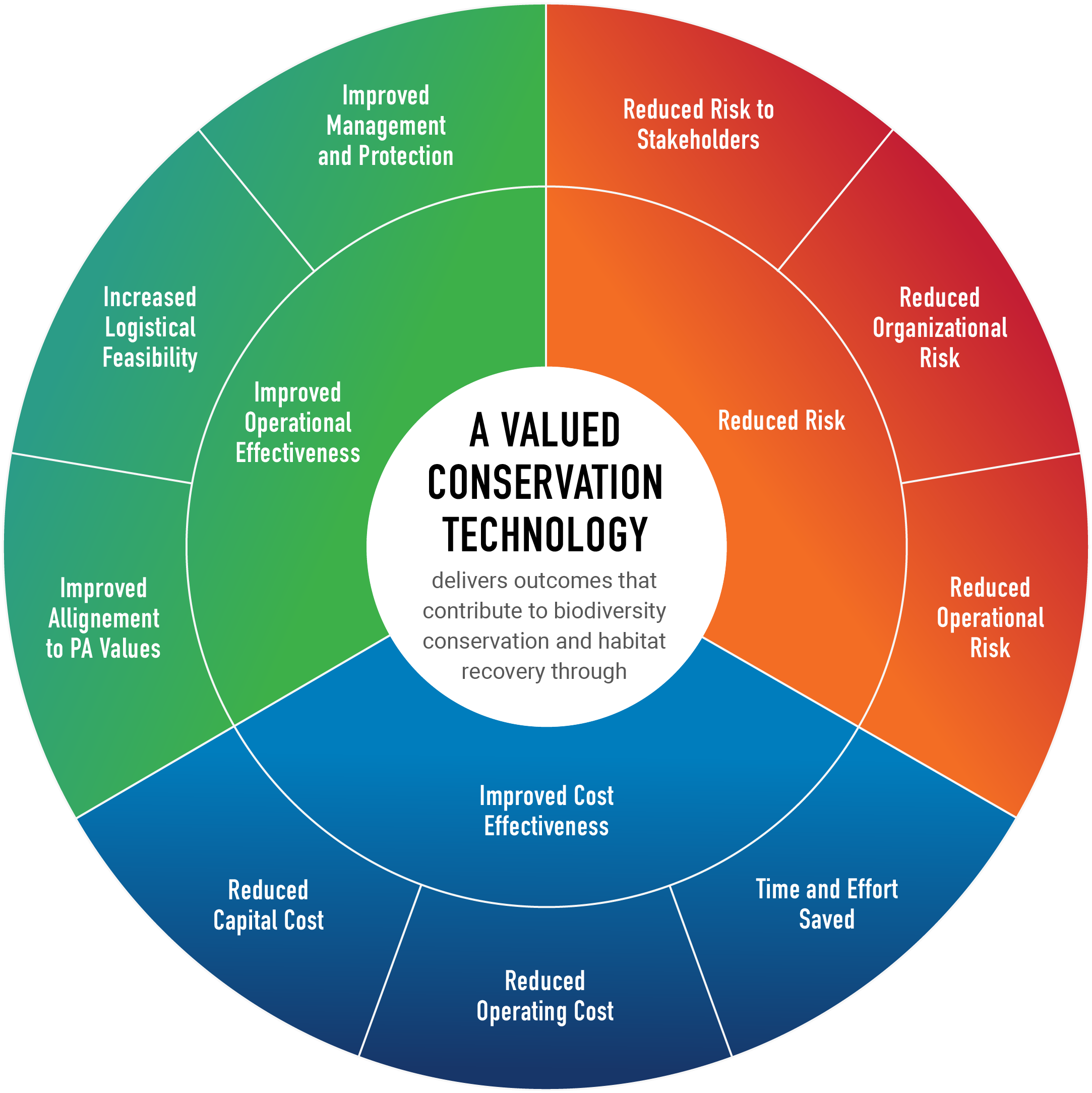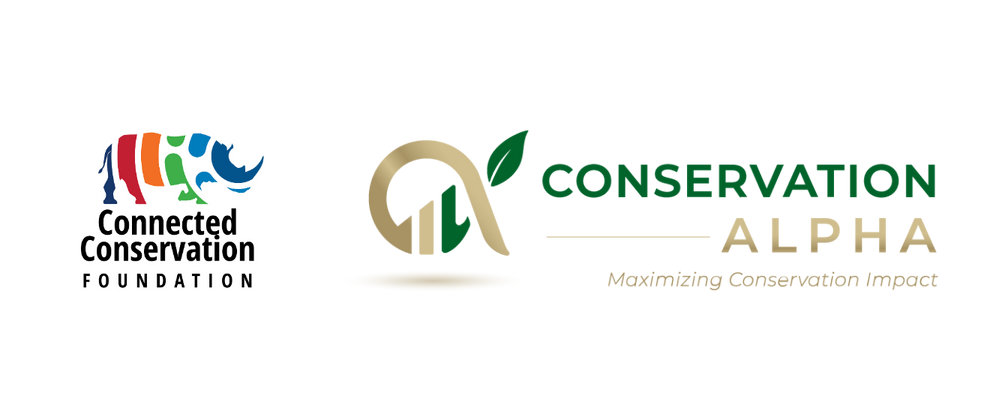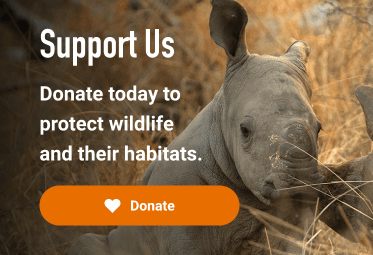An Impact Framework for Conservation Technology
Equipping conservation managers with a compass to select and evaluate the most impactful tools.
Published: 20 March 2023
In times of unprecedented technological acceleration, we’ve never had so many tools to aid us in wildlife and nature conservation. We should use them wisely—managing both the impact and the risks. Conservation technology possibilities depend on our capacity to maximize positive outcomes while mitigating adverse effects.
However, a challenge faced by many conservation organisations is ensuring that any technology deployed is fit-for-purpose and sustained long-term. One of the barriers to a successful deployment is the lack of effective evaluation of the impact of technology within the conservation context. Conservation managers need to be enabled to select and deploy effective tools. To overcome this, we need to equip the sector with the right compass - an Impact Framework for Conservation Technology.
How do we measure impact and help managers build a better business case for conservation technology?
As nature conservation charities, we are often asked: What is the impact of this technology? How are you measuring it? How can you justify the need for technology support over other crucial park resources on a stretched budget? And how and when do we report impact statistics to funders and supporters?
Connected Conservation Foundation recognises the need for a robust monitoring and evaluation framework for conservation technologies to:
- Ensure any technology intervention helps to deliver conservation outcomes.
- Help managers build a better business case for conservation technology.
- Help managers navigate through the hype to secure successful technologies for their unique challenge.
- Steer the development of new technologies to achieve impactful goals.
- Reduce wasted time and resources.
- Help charities communicate and report to donors
- Relieve the burden of reporting.
With the aid of Conservation Alpha, we set ourselves an objective, to develop:
An open, easy-to-use impact measurement framework for conservation technologies to offer protected area managers repeatable metrics and tools that allow us to measure the impacts of technology interventions.
Methodology
In 2022, Connected Conservation Foundation and Conservation Alpha united Protected Area managers, technology companies, scientists and security experts from the field including, African Parks, Sabi Sand Nature Reserve, SANParks, Kruger Park, Northern Rangelands Trust, 51 Degrees, Dimension Data, Terra-Nautics, Conserve Global and Bhejane 360 via a full day's workshop of digital collaboration. Outputs were then reviewed and iterated by the group.

The different perspectives of the group were extremely valuable, taking evaluation methods from commercial IT support approaches and fusing this with conservation impact measurement expertise. It was universally agreed there is a demand for such a framework, but it needed to be flexible enough to adapt to different geographies, challenges and strategies - ranging from security and protection of wildlife and rangers, to risk management, reducing human-wildlife conflict and knowledge sharing and collaboration across conservancies.
The practical considerations in measuring the impact of technology in conservation were discussed, highlighting some of the statistical and practical challenges to monitoring impact in this space. We focused on reducing the reporting burden on field teams, how best to use the technology itself to collect evaluation data and what was ‘just enough' to meet reporting goals to prevent over-analysis.
Phase 1: Taxonomy development

Figure 1. High-level taxonomy, Impact framework for conservation technology.
It was agreed that a valued conservation technology must deliver outcomes that contribute to biodiversity conservation and habitat recovery by achieving measures that fall under one or more of the following aims:
- Improved operational effectiveness
- Improved cost-effectiveness
- Reduced risk for the organisations, park, wildlife or staff
Phase 2: What is next?
Working with our partners, we’re now applying, testing and refining the initial draft of the Impact Framework against use cases and technologies already deployed in Sabi Sand Nature Reserve and Northern Rangelands Trust. We’re seeking new partnerships to continue this ambitious work and to refine the framework to make it easier to use, relieving the burden and complexity of reporting.
If you’re interested in reviewing and helping to further evolve the Impact Framework for Conservation Technology please get in touch with us at: info@connectedconservation.foundation
Acknowledgements
We’re thankful for the inputs of protected area managers, technology companies, scientists and security experts including: Conservation Alpha, African Parks, Sabi Sand Nature Reserve, SANParks, Kruger Park, Northern Rangelands Trust, 51 Degrees, Dimension Data, Terra-Nautics, Conserve Global and Bhejane 360.



